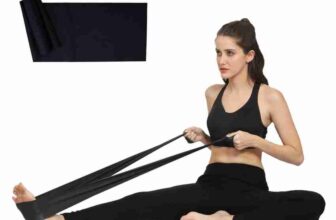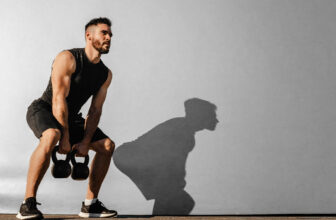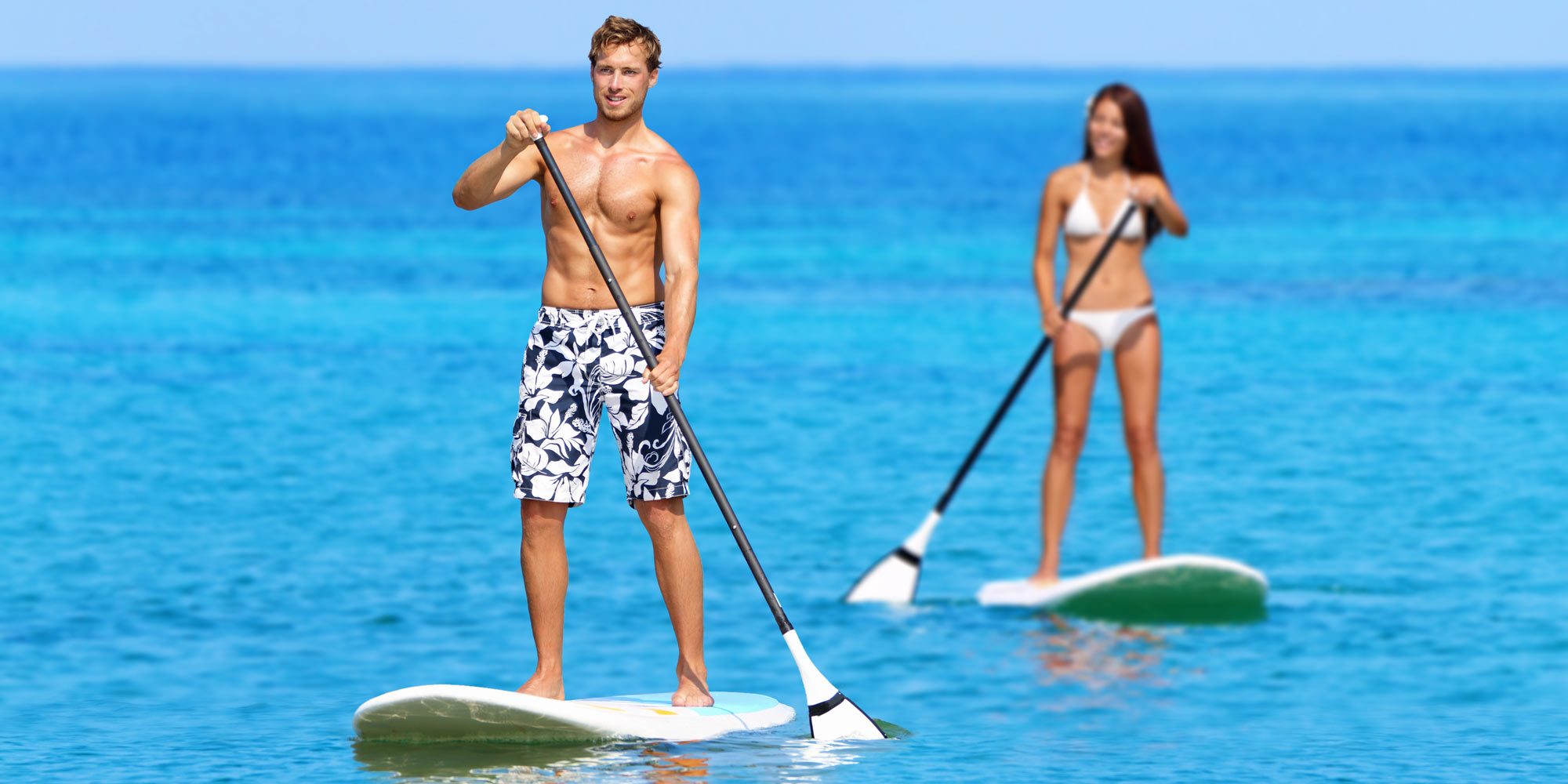
Stand up paddleboarding is one of the most popular water sports in the world right now. Not only is it a great workout for your core, but it also works lots of muscles throughout your body that you don’t get to use in everyday life. Not that you’ll notice though – it’s so gentle! With such global appeal, you can do stand up paddleboarding anywhere at any time. However, that can make things a bit tricky when you are deciding what to wear.
In this post, we’ll take a look at some of the most essential paddleboarding clothing you need, no matter what the season.
Hopefully, this list will make it easier to decide what to pack and work out how much room you have leftover in your luggage. Let’s check out what to wear when paddleboarding!
Table of Contents
Warm weather
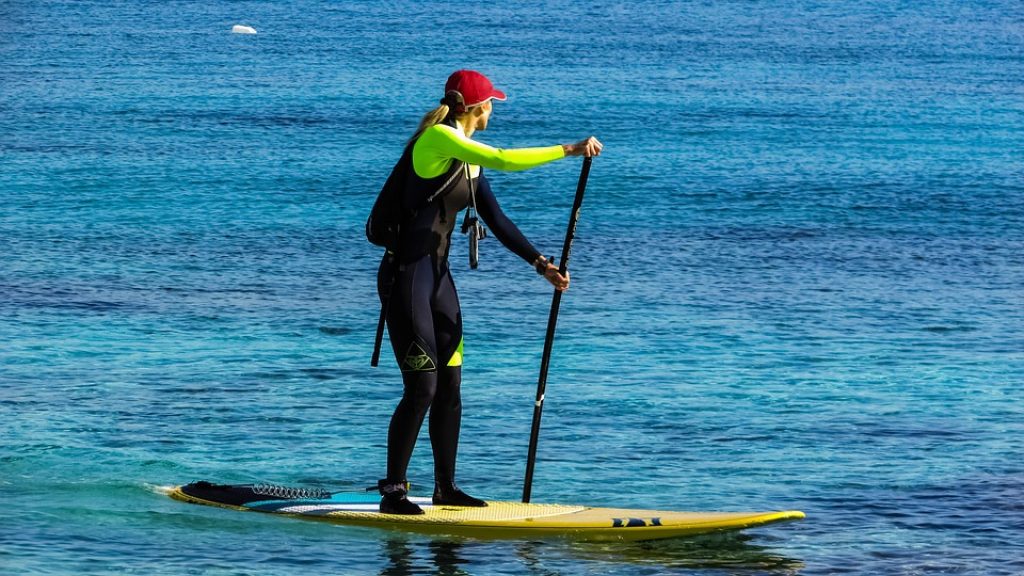
img source: pixabay.com
The preparation for a trip during summer is easier than winter. However, you won’t be able to just take to the water straight away. Here are some of the most important things to pack for warm weather SUP.
Swimsuit
While you can do paddleboarding at any time of year, the most popular time is summer. With good weather, you have everyone from touring and racing paddleboarders to beginners enjoying the sunshine on their boards. The first piece of equipment you’re going to need is one of the easiest – a swimsuit. Warm weather means that you won’t need a full-on wetsuit otherwise you’ll overheat. However, you’ll still need to cover up! If you’re planning on wearing a swimsuit and nothing else, do remember to pack sunscreen. A day out paddling in the sun can make you vulnerable to sunburn, so use 50+ SPF and continue to reapply it throughout the day.
Be sure that your swimsuit leaves you with plenty of flexibility – you may want to take a quick dip and cool off!
Lightweight Swim Shirt
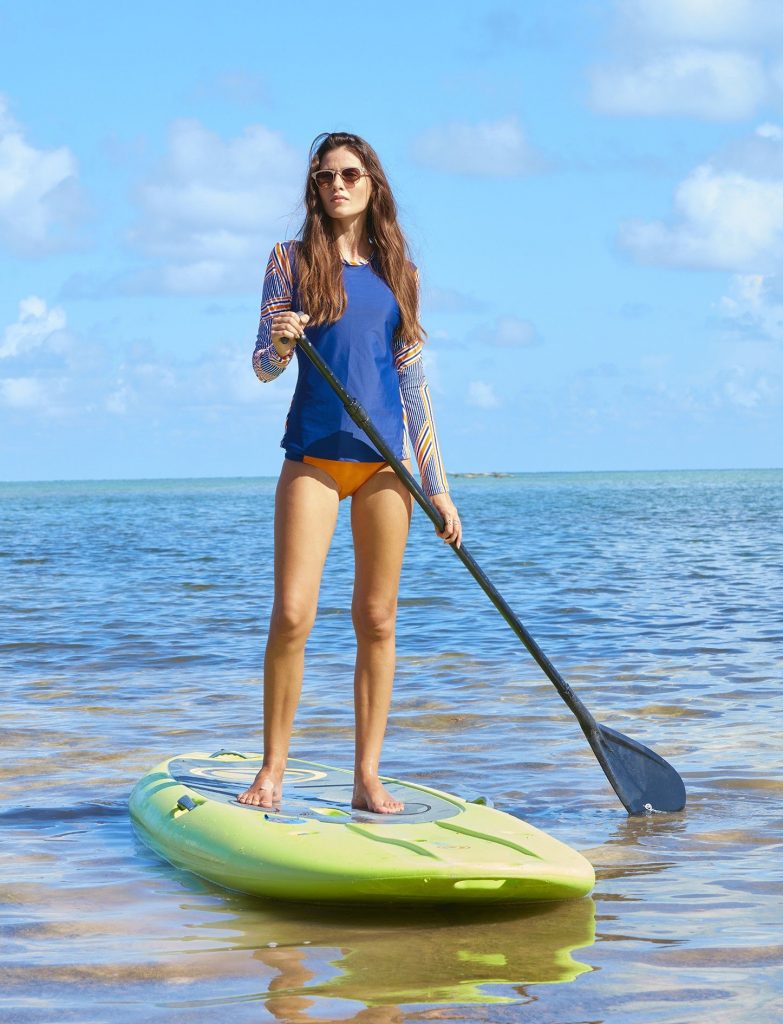
img source: pinimg.com
An alternative to using sunscreen throughout the day is a lightweight T-shirt. Swim shirts might sometimes be known as surf tees or rash guards (a little different), and they’re great for those who forget to reapply sunscreen or who are a little shy when it comes to showing off their bodies during paddleboarding. Most are so light and comfortable you won’t even notice you’re wearing it. You could even wear a rash guard underneath a looser fitting swim shirt if you prefer. It’s best to get a purpose-built swim shirt/rashguard for your SUP adventures. Just wearing regular cotton will easily get heavy and uncomfortable should it get wet.
Sunglasses
A lot of what you should wear for summer paddleboarding is about keeping you protected from the sun. And your eyes are no different! A decent pair of sunglasses will stop you from straining your eyes too much. A good way to stop them from falling in the water is with a specially made sunglass strap. This way, they’ll stay attached to your face as you explore.
Snapback Hat
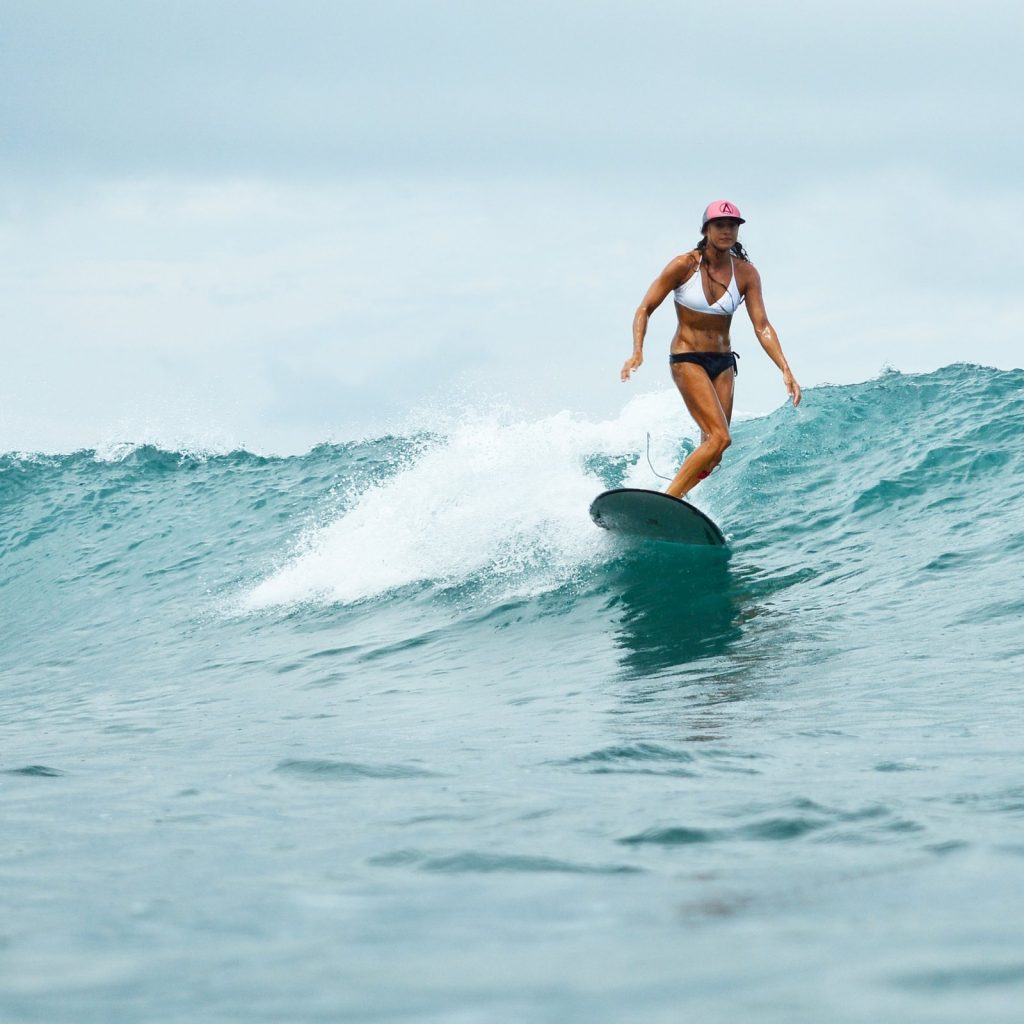
img source: shopify.com
Another great way of protecting yourself from the sun is with a hat. Now, it can be a snapback, a baseball cap, or even a Panama hat! Just as long as it has a wide brim. Having a brim that goes all the way around will protect your face and eyes from the sun, as well as the back of your neck. One of the areas that people always forget about when it comes to UV protection!
Lightweight Waterproof
Even on the sunniest days or in the warmest weather, it can change pretty quickly. It’s always best to be prepared with a lightweight waterproof jacket. This is especially useful if you’re planning on touring!
Cold Weather Stand up Paddleboarding
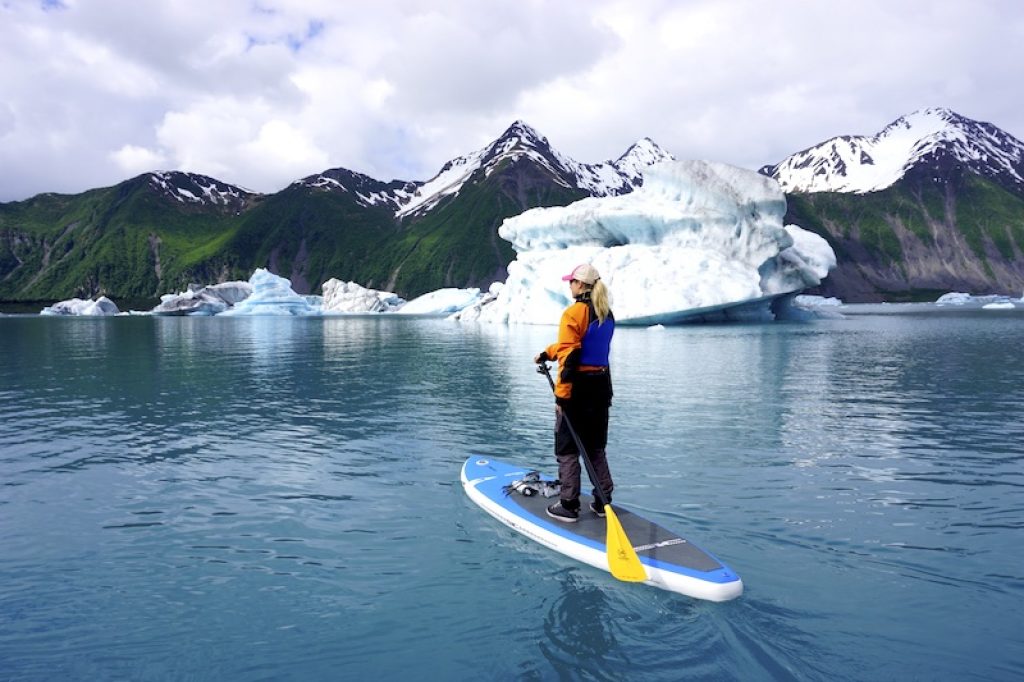
img source: isupworld.com
Stand up paddleboarding in winter or during the cold weather requires a lot more planning. While that may seem a little off-putting, it’s exhilarating to paddle on a cold winter’s day. You just need to be sure you have the right kit! A blog post from Gilisports talks that there is no bad weather, just bad clothing. You can even stand up paddle in Alaska!
Wetsuit
The first and most important thing to consider when winter paddleboarding is a wetsuit. A full-length one is the best idea! Your mobility will be slightly limited, but having 4 – 6 mm of protection against the cold waters (which are often colder than the air temperature) is a small price to pay for that. Neoprene allows water to soak into the material to create insulation when mixing with your body heat. These are enough for most cold-water SUP, but if you’d prefer even more protection, there’s an option there too.
Drysuit
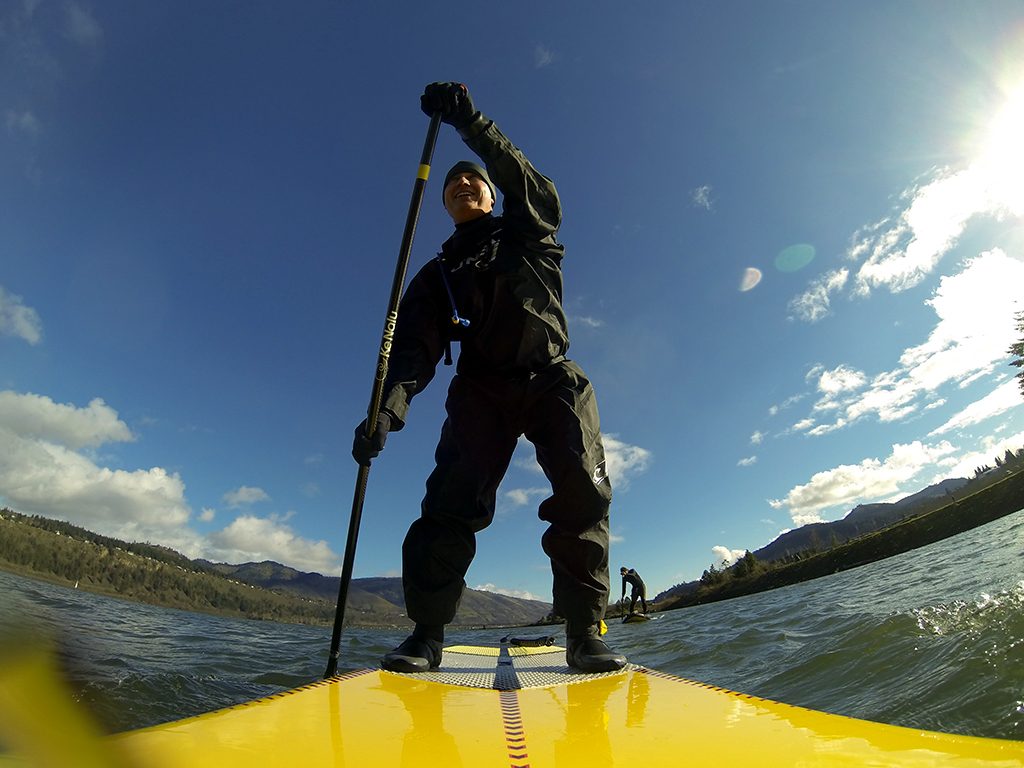
img source: suppdx.com
A drysuit will protect you and keep you dry if you fall into the water, and it’s a necessity if you’re going somewhere with temperatures lower than seven degrees celsius. Think somewhere like Glacier Bay and Bear Glacier Lagoon in Alaska. If you fall in, your body could quickly go into shock but the chances of that are reduced if you have a drysuit. It’s a good idea to layer up underneath your suit though, as drysuits only offer protection from the elements – and no insulation at all!
Neoprene boots and mittens
While your drysuit will cover your arms, legs, and torso, you’ll need something else to keep your hands and feet warm. Those come in the shape of neoprene booties and mittens. Both gloves and booties should be at least two millimeters thick, while it’s possible to get gloves with grips perfect for SUP. These are great for not only stopping your hands and feet from going completely numb and not being able to use them but also regulating your body temperature!
Water shoes shouldn’t be confused with neoprene booties – these are something you can use in warmer water paddleboarding to walk along river beds and over rocks.
Thermal Base Layers
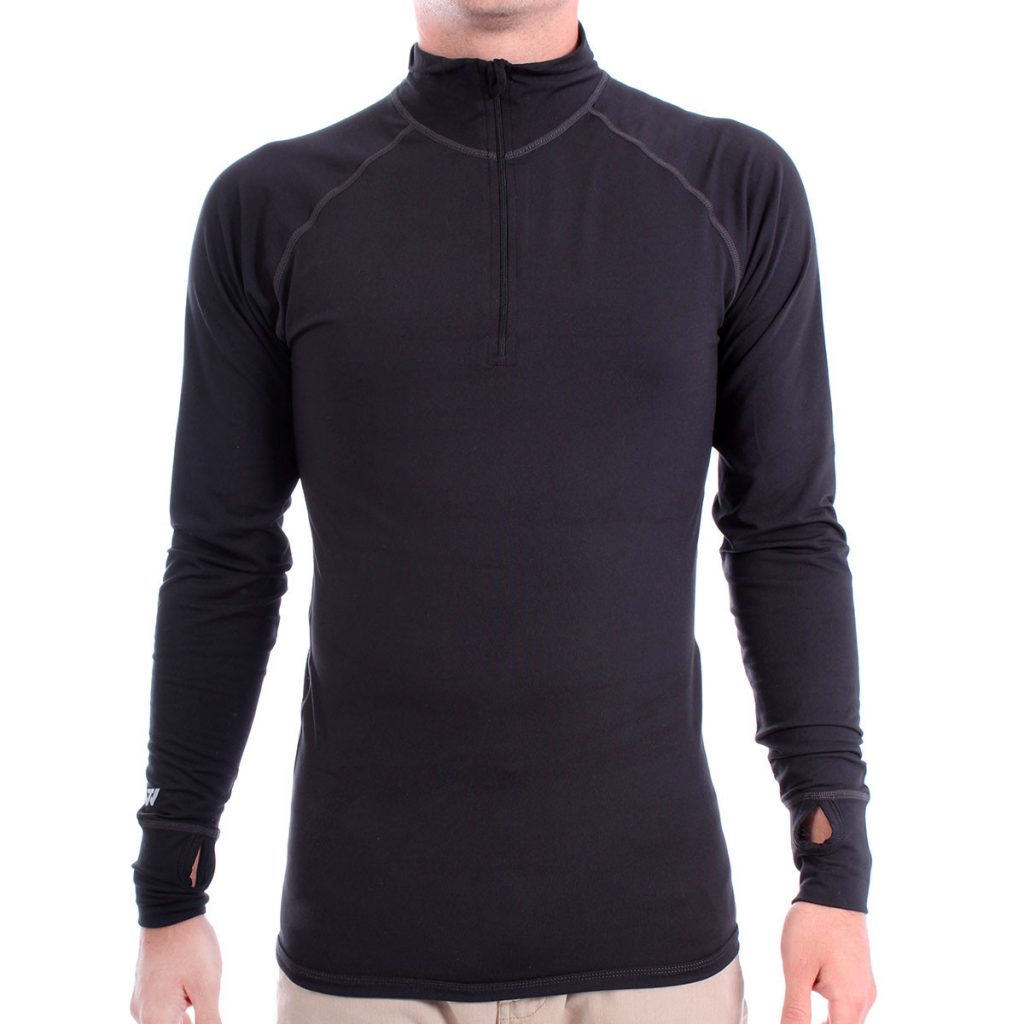
img source: nextadventure.net
Last but not least on the most important clothing to use for paddleboarding is thermal base layers – which we’ve already touched on a little. When it comes to winter paddle boarding, these are essential but you can also use them in warmer weather to avoid having to splash out on an expensive wetsuit.




